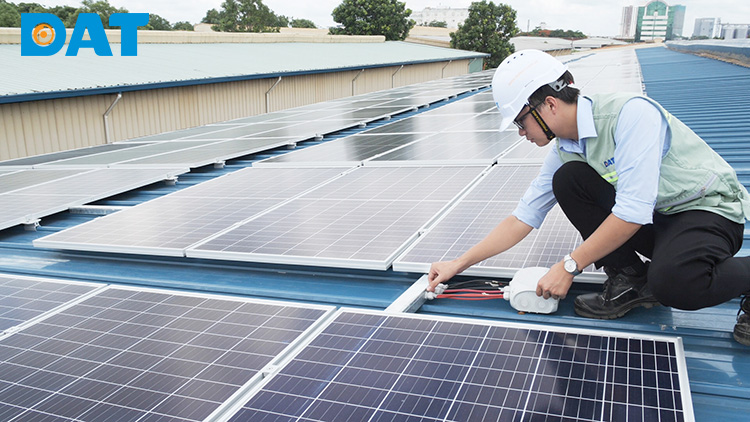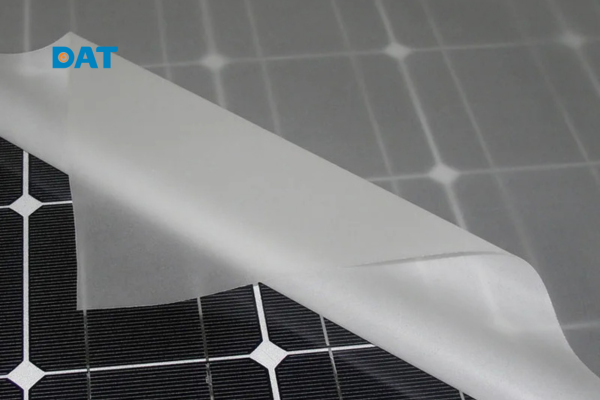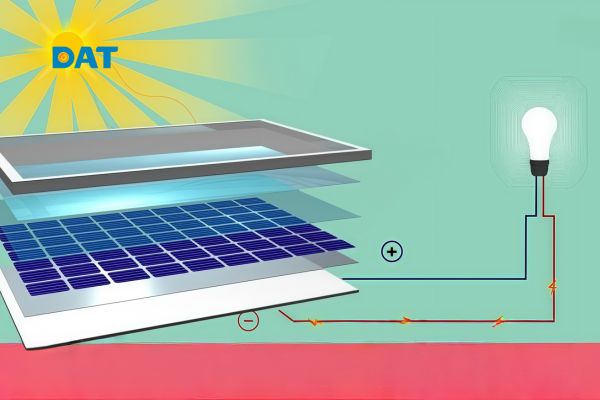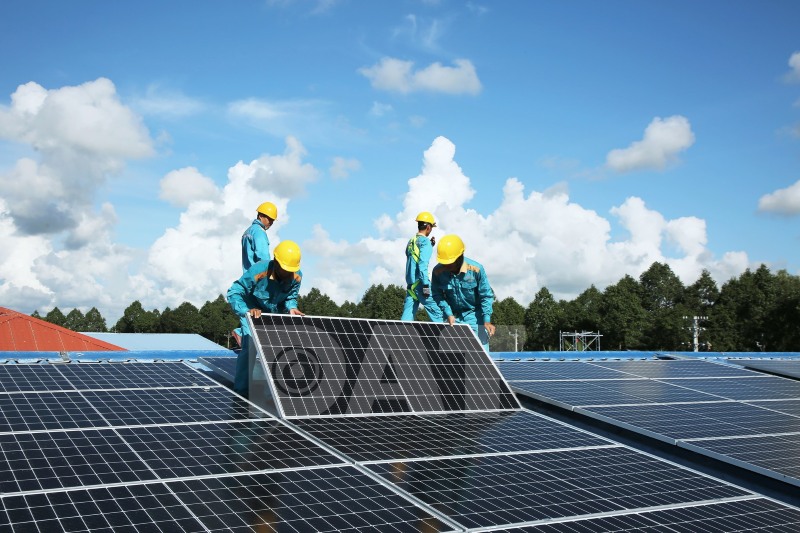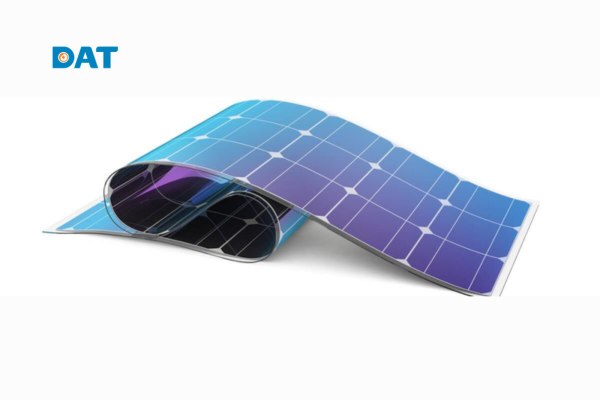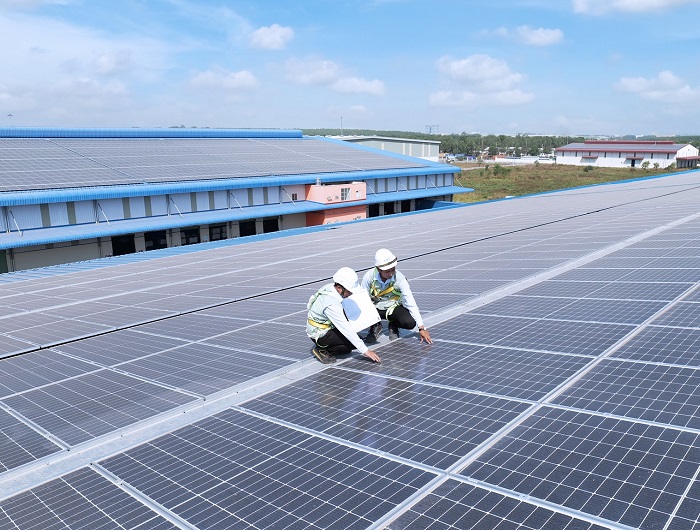Cách giảm chi phí hệ thống Điện mặt trời
Có nhiều phương án khác nhau để nâng cao hiệu quả kinh tế của hệ thống điện mặt trời. Trong đó có hai hướng tiếp cận chính, một là tối ưu để giảm chi phí thiết bị, hai là tối ưu để nâng cao tỷ lệ chuyển đổi quang năng.
Trong phạm vi bài viết hôm nay, chúng tôi sẽ chia sẻ những cách hiệu quả để giảm chi phí thiết bị. Tuy nhiên để ứng dụng phương pháp này, kỹ sư cần tính toán kỹ lưỡng để việc giảm chi phí không ảnh hưởng đến hiệu suất và độ bền của hệ thống. Dưới đây là 3 phương thức thường xuyên được chúng tôi sử dụng để trực tiếp giảm chi phí cho chủ đầu tư.
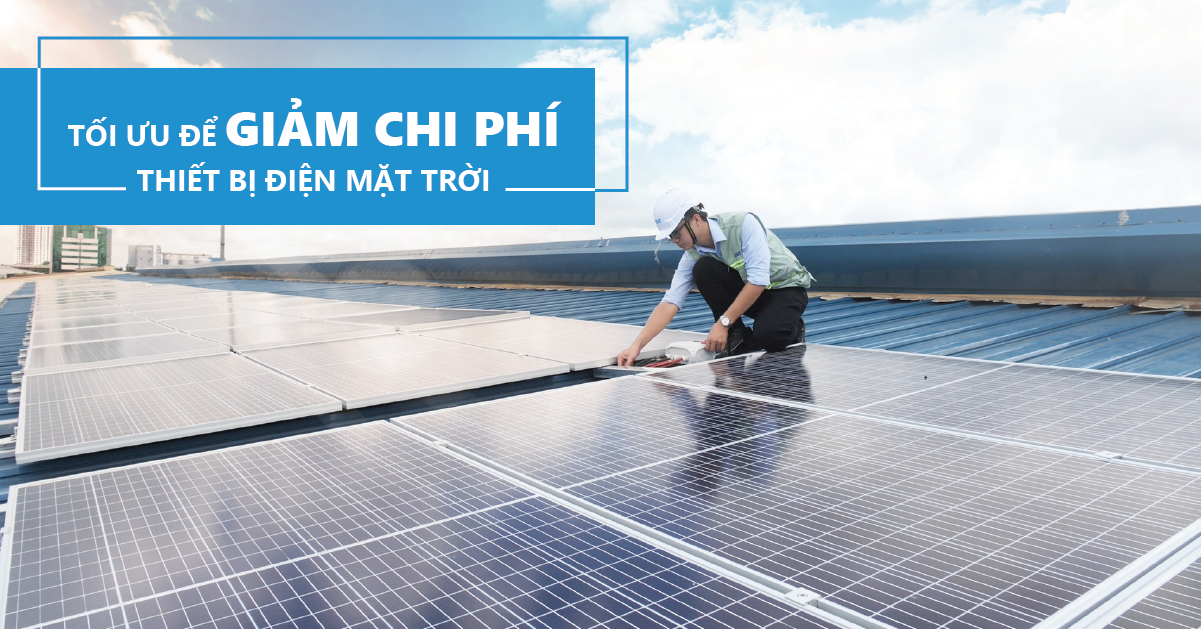
Dự toán hiệu suất trong điều kiện thực tế (PTC) để giảm chi phí inverter
Như đã biết, công suất của tất cả tấm pin là công suất được ghi nhận trong điều kiện tiêu chuẩn (Bức xạ mặt trời là 1000 W/m², áp suất khí quyển 1.5 AM, nhiệt độ môi trường là 25°C), do đó công suất trong điều kiện thực tế thường thấp hơn với điều kiện chuẩn. Vì vậy, cần điều chỉnh giảm số lượng hoặc công suất của inverter theo tỷ lệ phù hợp để giảm tổng chi phí nhưng vẫn đạt hiệu quả cao nhất. Điều này sẽ giúp tiết kiệm một lượng tiền đáng kể vào thiết bị inverter.
Lưu ý: Nếu giảm công suất inverter không hợp lý, ví dụ khi công suất thực tế của tấm pin cao hơn công suất inverter sẽ dẫn đến trường hợp inverter quá tải, gây thất thoát sản lượng điện. Đặc biệt, địa hình Việt Nam trải dài với những đặc tính rất khác nhau từ Bắc vào Nam, nhiệt độ môi trường cũng như lượng bức xạ mặt trời hoàn toàn khác nhau, cần lưu ý để điều chỉnh phù hợp theo tọa độ địa lý.

Đấu nối hệ thống pin bằng phương pháp Leap-frog
Tận dụng việc tấm pin Canadian Solar có độ dài dây cáp lên đến 1.67m, các kỹ sư DAT đã chọn phương pháp nối cáp điện “nhảy cóc” để giảm lượng lớn thiết bị cáp điện ngoại vi. Với cách truyền thống, hai tấm pin kề nhau sẽ được nối dây liền mạch, do đó mỗi dãy pin cần thêm một đoạn cáp điện để nối tấm cuối quay lại tấm đầu. Còn với phương pháp nối cáp điện “nhảy cóc” giữa các tấm pin, số lượng dây cáp đắt tiền kia hầu như không cần, bên cạnh đó phương pháp này còn giúp hệ thống trở nên gọn gàng hơn do không bị cáp thừa giữa các tấm pin liền kề. Lưu ý phương pháp này chỉ áp dụng được trên những tấm pin có dây cáp đủ dài để nối đến tấm pin sau tấm pin liền kề.
Sử dụng tấm pin có nghệ chia đôi tấm pin
Tấm pin năng lượng mặt trời dòng KU là một sản phẩm đến từ thương hiệu top 3 toàn cầu – Canadian Solar. Tấm pin năng lượng mặt trời này được tích hợp nhiều công nghệ tối tân như LIC, Black Silicon, PERC, 9 Busbars… Đặc biệt với công nghệ chia đôi tấm pin, giờ đây chủ đầu tư có thể giảm chi phí toàn bộ hệ thống, bao gồm các thiết bị ngoại vi như khung giàn, cáp điện nhưng vẫn tạo ra được cùng một lượng điện năng.
Công nghệ này chia đôi tấm pin thành 2 phần độc lập. Thay vì loại truyền thống, nếu một phần diện tích tấm pin này bị che bóng, cả tấm pin đó sẽ bị ảnh hưởng. Với dòng KU, tấm pin sẽ hoạt động như hai tấm pin độc lập trong cùng một modun, giúp giảm mạnh tác động từ việc che bóng, đây là yếu tố quan trọng giúp chủ đầu tư có thể chủ động rút ngắn khoảng cách giữa các dãy pin, giảm chi phí các thiết bị ngoại vi như cáp điện, khung giàn và diện tích lắp đặt.
Ngoài những phương pháp tối ưu để giảm chi phí thiết bị, DAT Solar còn sử dụng nhiều phương thức nhằm tối ưu hiệu suất, nâng cao sản lượng điện đầu ra cho chủ đầu tư. Để được kỹ sư DAT Solar tư vấn giải pháp điện mặt trời có hiệu quả kinh tế cao, hãy gọi ngay hotline miễn phí 18006567.

